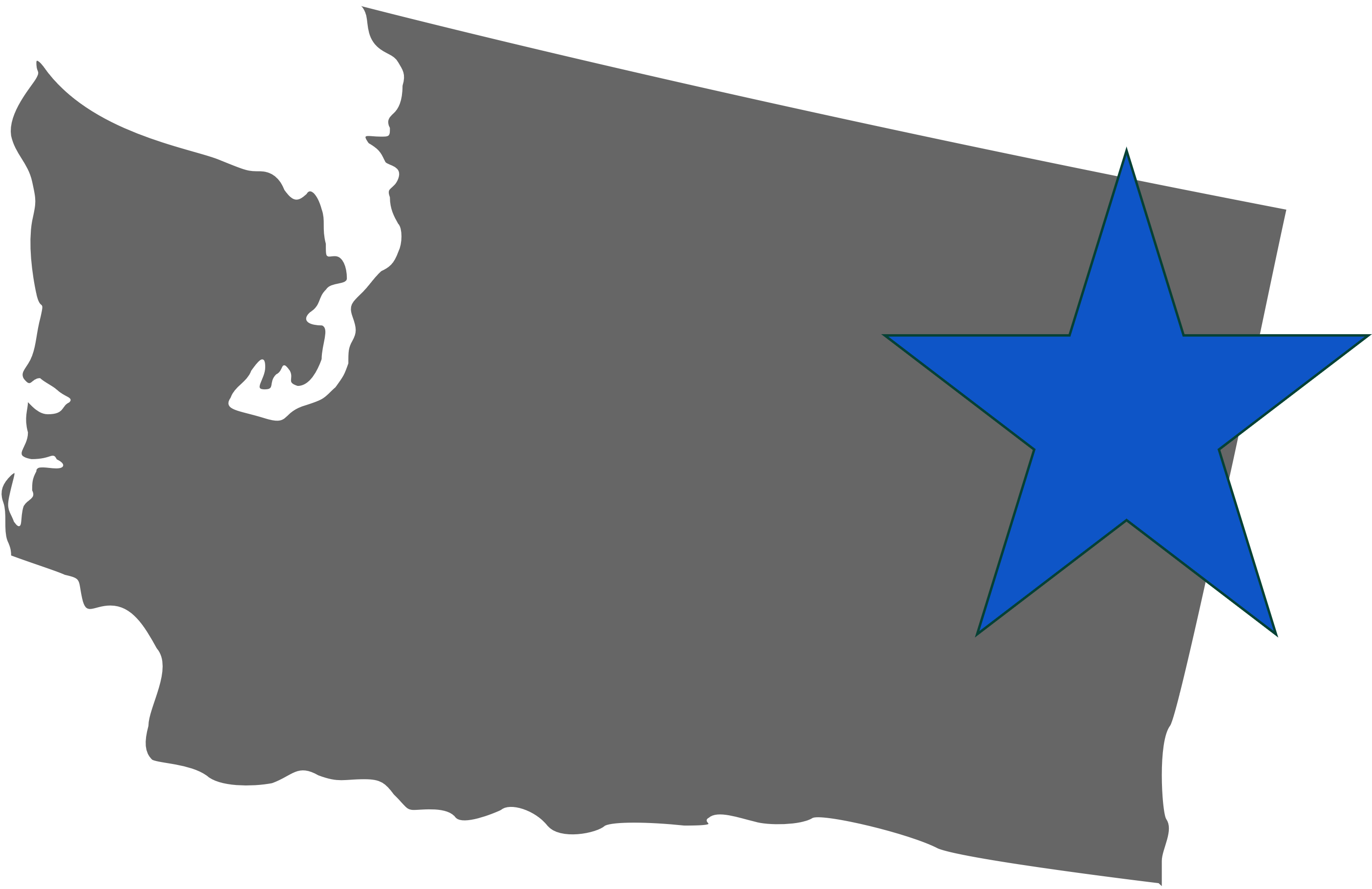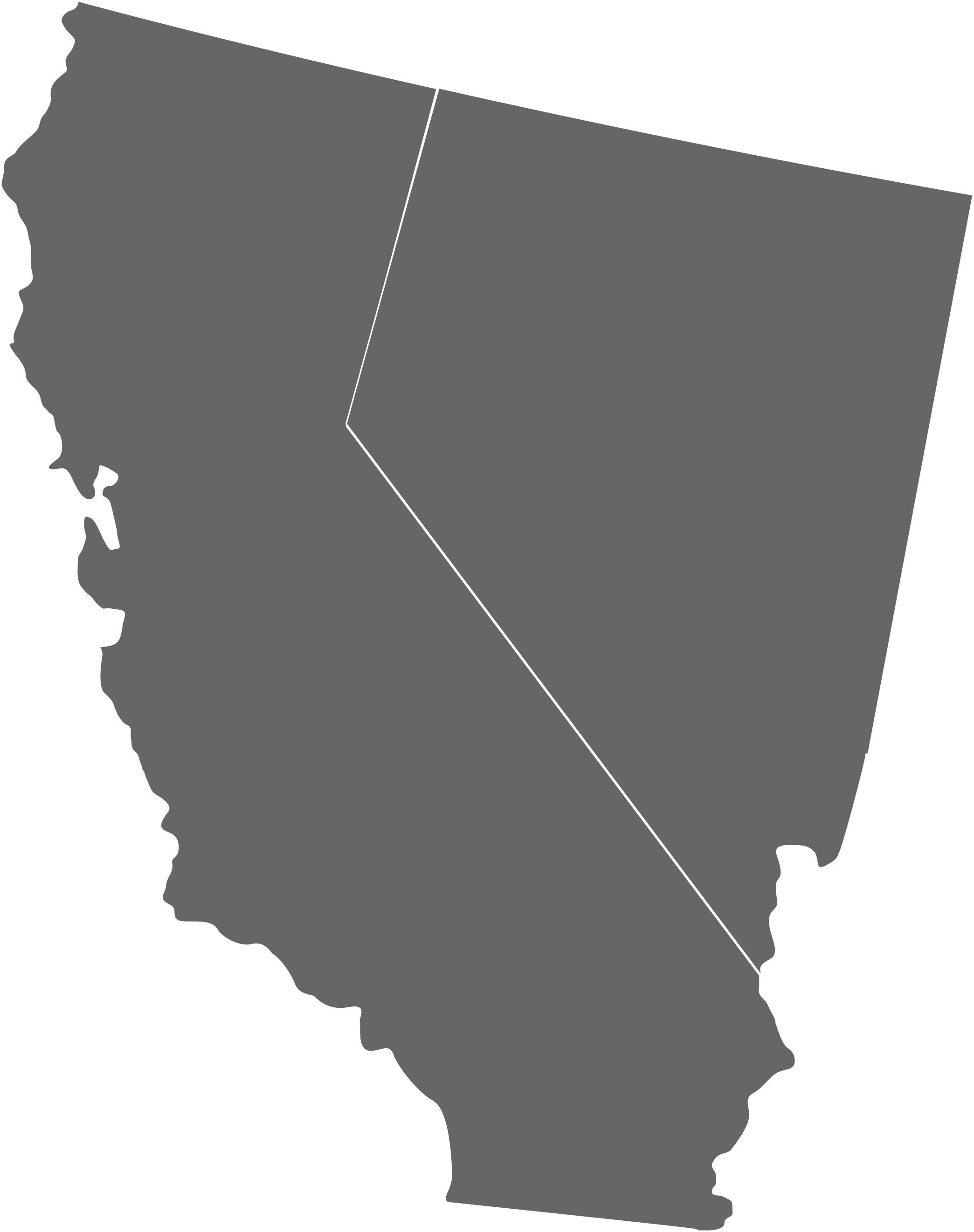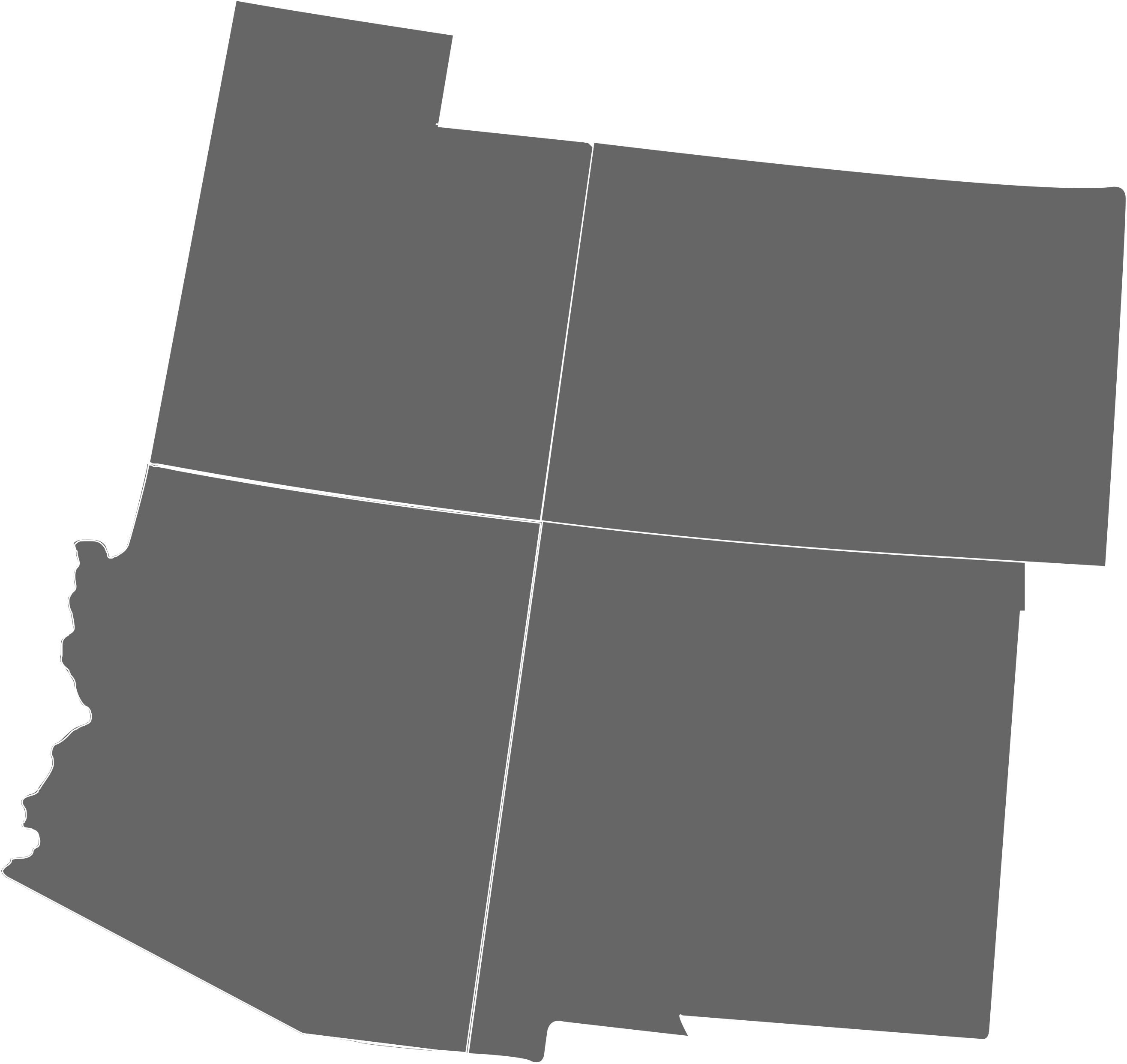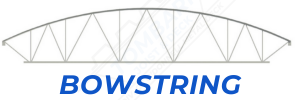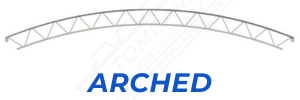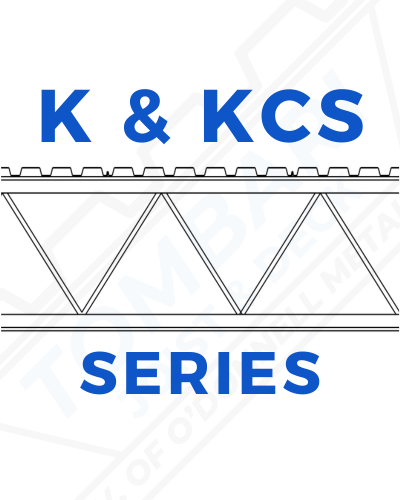
K & KCS Steel Bar Joist
To obtain accurate bar joist pricing: send us your project plans or contact us. Each joist project requires a formal takeoff and estimation process to address its unique design requirements.
Description
K-series joists are open web steel joists 10-30 inches deep to accommodate spans 10-60 feet. They are designed primarily for uniform loads. ASD loads between 127-550 PLF or and LRFD range between 190-825 PLF. These joist can be specified using the standard SJI designation (Example: 28K8) or the alternate "Total/Live load" (Example: 28K 328/222).

Designations vs. Load/Load
Both standard designation and load/load specification methods are acceptable ways to communicate the required load-carrying capacity of steel joists because both provide the manufacturer with the necessary information to design and fabricate the joists. Neither method is inherently "better" than the other. The best method depends on the specific requirements of the project.
Designation
A standard designation is a shorthand way of specifying the load-carrying capacity of a steel joist. The designation consists of the joist depth, followed by a letter or letters denoting the joist series, and a section number which indicates the load criteria. For example, a **24K6** designation indicates a 24-inch deep K-series joist with a section number of 6. Using a standard designation simplifies specification and allows for easy cross-referencing with the SJI load tables.
Load/Load
The "load/load" specification is an alternative method for specifying joists. It is written in the following format:
DD[SERIES] TL // LL [Example: 28K 200 / 120]
-
- DD= is the depth of the joist in inches,
- SERIES = meaning K, LH or DLH
- TL= is the total load in pounds per linear foot (PLF)
- LL = is the live load in pounds per linear foot (PLF)
For instance, a **24K300/175** designation specifies a 24-inch K-series joist capable of carrying a total load of 300 plf and a live load of 175 plf. This approach allows for more precise specification of the load requirements for the joist, particularly when dealing with non-uniform loads or concentrated loads.
K Series vs. KCS Series
K joists and KCS joists are both types of open web steel joists frequently used in construction. The key difference between them lies in the types of loads they are designed to support.
- K joists are designed for applications where the load is distributed evenly across the entire length of the joist, also known as a uniform load.
KCS joists, or (K-Series Constant Shear) joists, are designed for situations where the loads are not uniform.
- Non-uniform loads might include point loads which are concentrated at a single point
- Ex: the weight of a rooftop air conditioning unit.
KCS joists are a versatile option because they can be used in a variety of applications. The specifying professional, or engineer who designs the joist system, will calculate the maximum moment and shear, then select the appropriate KCS joist from the KCS load tables. If the KCS joist cannot be selected from the load table or the maximum uniform load or concentrated load exceeds the joist's capacity, the specifying professional can either use two KCS joists or select an LH series joist, which is designed for larger loads.
Calculations
Joist calculations ensure that steel joists meet all structural performance and safety standards. We provide two types of calculations to support your project needs:
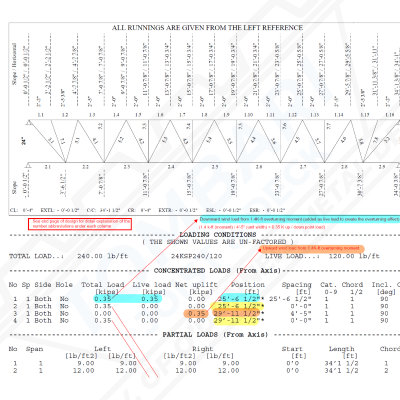
For Approval:
Approval calculations are mandatory before fabrication begins. These calculations require review and approval by the Engineer of Record (EOR) to confirm compliance with building codes and safety standards. Approval calculations typically include a full engineering analysis and a registered engineer’s seal, guaranteeing that the joist design meets all structural requirements.
For Record:
Record calculations are generally provided at no extra cost. These allow the project to move forward while awaiting full approval calculations. Record calculations support the fabrication process but do not require formal EOR approval before work begins, enabling a faster start while maintaining design integrity.
Special Geometry & Design
Bowstring, arch, scissor, double-pitched, single-pitched, and multi-pitched trusses, offer unique architectural aesthetics and functional advantages. However, their complexity requires careful consideration during design and fabrication, often leading to higher costs and transportation challenges. The fabrication of curved elements can be more complex and require specialized equipment.
|
|
Joist SplicesBolted field splices are used in open web steel joists when there are shipping constraints, site accessibility issues, fabrication limitations or span requirements that might exceed what a single piece can be fabricated as. |
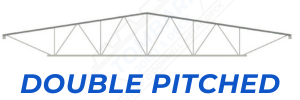 |
Pitched TrussesSingle pitched, double or multi-pitched steel joists can add complexity and cost to fabrication. |
|
|
Bowstring TrussesBowstring trusses, with their curved top chord and straight bottom chord |
|
|
Arch TrussesArch trusses feature a curved shape, but their bottom chord is also curved, creating a graceful arch-like appearance. |
 |
Scissor TrussesScissor trusses get their name from their resemblance to a pair of scissors. They consist of two sloping top chords that meet at a central peak. |
Certifications:
For open web steel bar joists, required certifications are generally specified in project documents, including specifications, drawings, and contracts. Certifications ensure compliance with structural and safety standards, and we are prepared to guide you through the submittal process with all necessary documentation for these certifications.
SJI Manufacturers:
Every open web steel joist that we supply is manufactured to exact specifications by Steel Joist Institute (SJI) members, which means that you can be assured of the highest quality product.
Made in America:
Our products are made with US made steel. When mill certificates are required, we can provide you the material's physical and chemical properties. Contact us for more information regarding mill certs for your project.

